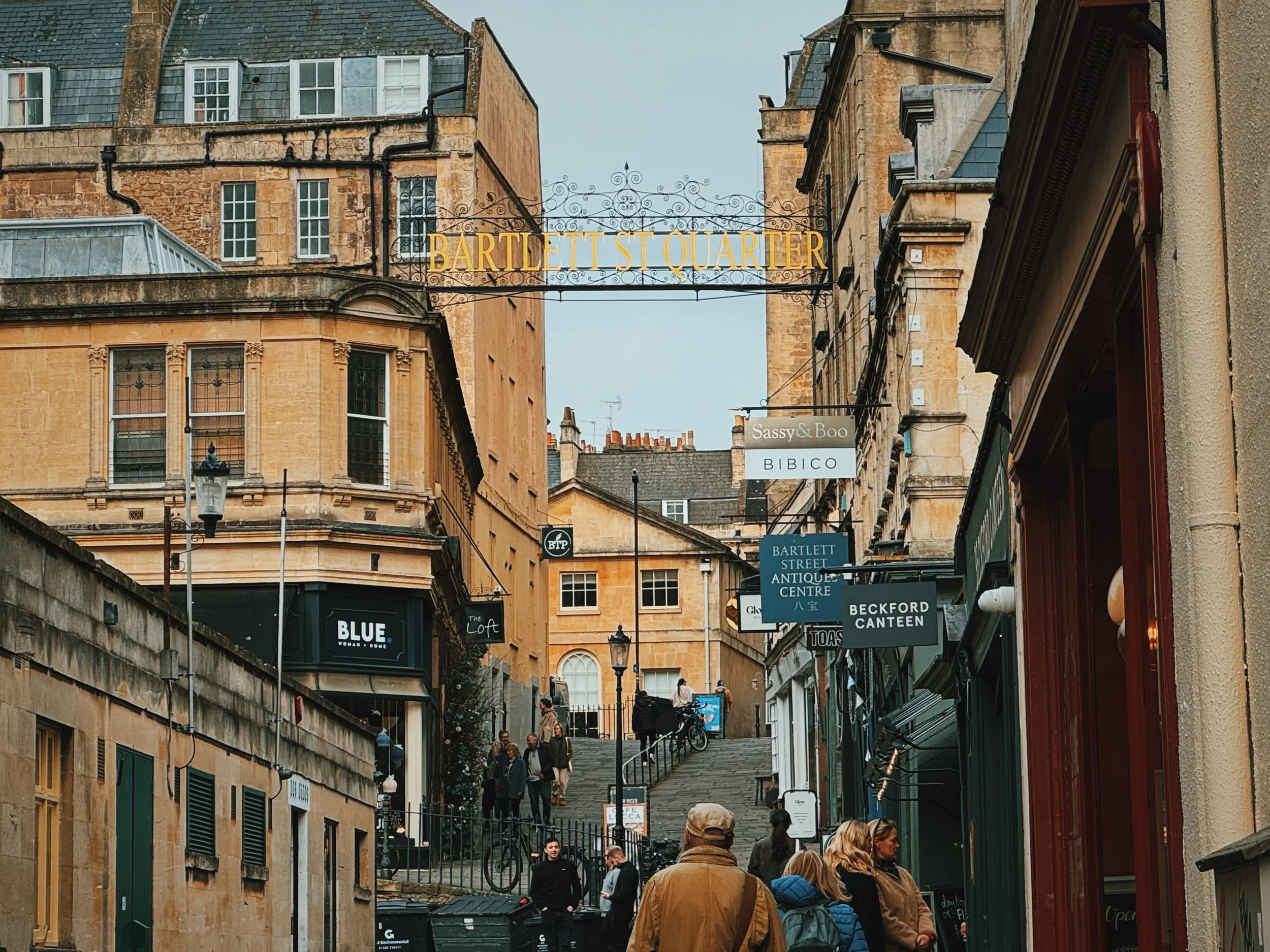practice might save your mind
When I was in law school, there was a class called “Prisoners’ Rights and Remedies.” The class was an elective and I never took it (since I had no interest in criminal law); however, when I learned that the class was going on a field trip to both maximum- and minimum-security prisons, I approached the professor to see if I could tag along. I’d had her for a different class, so we knew each other; I remember telling her, “if my law degree has the power of potentially putting people behind bars, I feel like I should see where I’m sending them.” She readily agreed to let me come with them.
What I witnessed and learned of the American justice system is a topic for another time — but I did want to share a memory that has stayed with me all these years.
So, as you might imagine, prison is no joke (the sound of the bars closing behind me as we entered the prisoner population section of the maximum security prison is one I will never forget). As our group toured the facility, meeting with wardens and guards and and other staff members, we asked questions that were openly and honestly answered. Along the way, the inmates viewed us with curiosity — and a few called out, asking us questions.
“Are you guys lawyers?”
“Law students!”
They grinned. “Oh, good! We need good lawyers!” they laughed. We laughed back.
Finally, toward the end of the tour of the maximum security prison, we were taken to “ad seg,” or “administrative segregation” — what is, essentially, a form of solitary confinement. We were given specific instructions: stay in a group, stay close to the warden, and don’t straggle. These men were dangerous.
We were still able to see inside the cells — these ones only holding one inmate each — and the inmates were able to see us. A few approached the bars of their cells to get a closer look at us, but for the most part we were ignored. The warden stopped us in one hallway to give us some more information about ad seg.
As I stopped, I realized I was right next to an occupied cell. When I looked over, the inmate absent-mindedly grabbed the sheet on the bed he was sitting on, and pulled it across himself. He was naked (this was his home, after all), but as he covered himself, I realized that he wasn’t paying any attention to me or any of us, at all — his covering himself was a reflex from the sound of our voices. Instead, he was deeply concentrating on something in his lap. I looked closer to see what he was doing.
He had an artist’s pad sitting on his now-sheet-covered lap, and a box of coloured charcoal sticks sitting on the bed next to him. His fingers were filthy with charcoal dust, and on the pad was a gorgeous, intricate piece of art in progress — it was a city scene, filled with people on the sidewalks, multi-story buildings, street lamps. I gasped: it was really the kind of art you might see in a gallery, or in a museum, and for some reason, I’d never considered that a murderer or a rapist might also be a gifted artist. Naive, I know — because why not? — but I remember being so surprised by it in the moment.
He remained engrossed in his work and never looked up at me, so I could never motion to him that I thought his work was beautiful. Our group moved on.
I remember being grateful for him that he was allowed to keep his art tools with him in ad seg. I remember thinking what a comfort it must be for him to while away the hours making beautiful art, as the days turned into weeks and months. The practice of creating must have felt like therapy.
I’ve thought of him frequently during this time of self-imposed “ad seg,” these coronatimes. Obviously, the choice to voluntarily stay home cannot be compared to incarceration and solitary confinement, but I think the lesson of that inmate’s art practice is one that bears remembering. The idea of creating simply for creating’s sake, can be deeply comforting. I’ve mentioned before that this year I began a daily sketch practice, and I’m happy to report I haven’t given it up yet. I don’t anticipate doing so either, because I find it so calming — and in this time of coronavirus, when anxiety can sneak up behind you and hit you in the back of the head like a hammer, I figure a calming practice is exactly what I need. I don’t even care if I improve at this point: I just love the hour or two I take on the sofa every evening, sometimes in front of a television show, sometimes not, where I concentrate on the lines I’m making on paper (or recently, iPad.)
So a gentle suggestion, if you haven’t already, to begin a calming practice that you can do multiple times a week. Maybe it’s sketching, but maybe it’s knitting. Or woodwork. Or journaling. Remember, the point isn’t to be good at it: the point is to simply calm yourself with it.
Hang in there, friends. I’m with you.
Soundtrack: It runs through me by Tom Misch (featuring De La Soul)










a reminder of cadence.